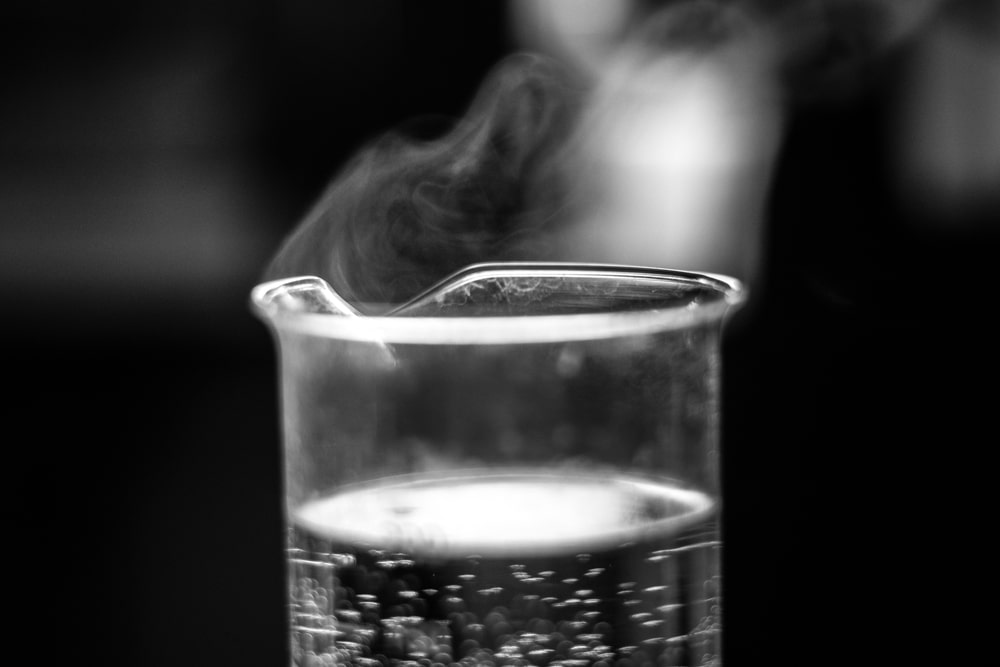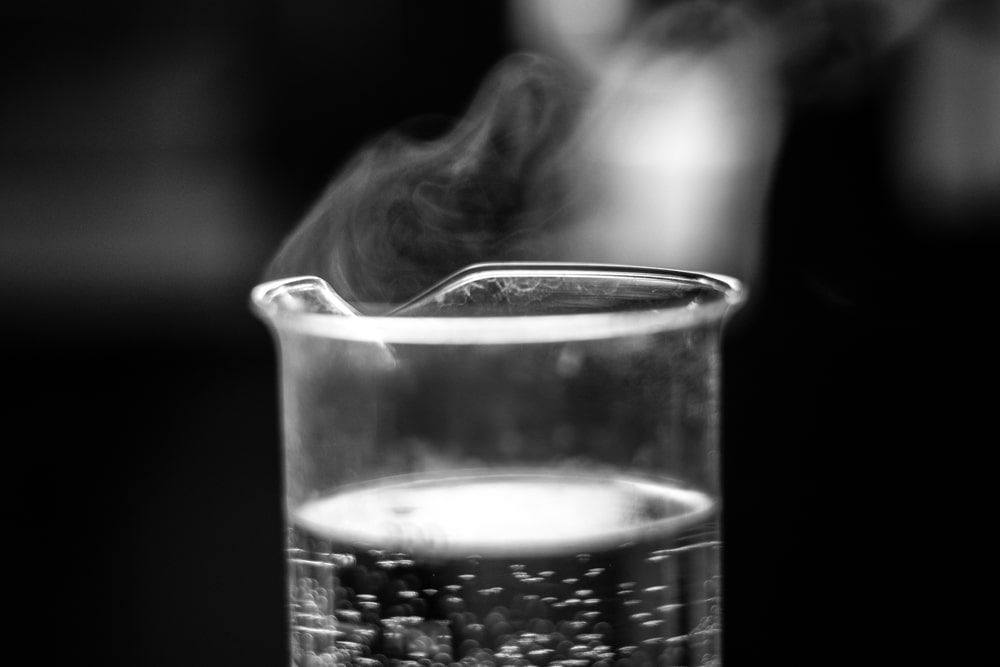Definition: Evaporation is a surface phenomenon, wherein mass transfer takes place from the surface. It is the process of vaporization of a liquid.
In this process, the liquid state of a substance is changing to a gaseous state due to an increase in temperature and/or pressure. It is a fundamental part of the water cycle and is constantly occurring throughout nature. During evaporation water changes from a liquid to a gas or vapor. Water boils at 100 °C but in reality, it begins to evaporate at 0 °C but extremely slowly. As the temperature increases, the rate of evaporation also increases. The amount of evaporation depends on the temperature, and it also depends on the amount of water to evaporate.

Pharmaceutical industries use evaporators for the vaporization of a solvent from a solution. It is so important operation that it is considered an individual operation. If we continue the evaporation process, the residual mater will be solid, which is known as drying. However, the aim of evaporation is not to dry but to concentrate the solution. In addition, it is not the crystallization, in which the evaporation leads to the formation of crystals in the solution. It is expected that students should learn the difference between evaporation, drying, and crystallization. The driving force in evaporation is the temperature difference between steam chest temperature and product temperature that results in the removal of solvent from the feed that the solution is concentrated.
A little information concerning solution properties is required to comprehend the evaporation process. The design of evaporation equipment requires an understanding of solution properties. The following are some of the solution’s most important properties:
(i) Concentration: Initially, the solution may be quite dilute and the properties of the solution may be taken as the properties of the solvent. As the concentration increases, the solution becomes viscous and heat transfer resistance increases. The crystal may grow on the heating coil or on the heating surface. The boiling points of the solution also rise considerably. Solid or solute contact increases and the boiling temperature of the concentrated solution became higher than that of the solvent at the same pressure (i.e. elevation in boiling point).
(ii) Foaming: Many the materials like organic substances may foam during vaporization. If the foam is stable, it may come out along the vapor known as entrainment. Heat transfer coefficient changes abruptly during foaming for such systems.
(iii) Degradation: Some of the products in pharmaceutical industries are very temperature sensitive and may get degraded during evaporation. Thus, a special case or technique is required for concentrating on such a solution.
(iv) Scaling: Many solutions have the tendency to deposit the scale on the heating surface, which may increase the heat transfer resistance. These scales produce extra thermal resistance of significant value. Therefore, scaling in the equipment should not be ignored thus de-scaling becomes an important and routine matter.
(v) Equipment material: The material of the equipment must be chosen considering the solution properties so that the solution should neither be contaminated nor react with the equipment material.
Table of Contents
Objectives of evaporation
The primary objective of evaporation is to concentrate a solution consisting of a non-volatile solute and a solvent. In the majority of evaporations, the evaporating solvent is water. When the liquid phase is agitated, mass transfer in the liquid phase is sufficiently rapid that the rate of evaporation of the solvent can be determined by the rate of heat transfer from the heating medium, usually condensing steam, to the solution. Mineral-bearing water often is evaporated to give a solid-free product for boiler feed, for special process requirements, or for human consumption. This technique is often called water distillation, but technically it is evaporation.
Another objective of evaporation is to reduce the volume of the product by some significant amount without the loss of other components. This reduction of volume permits more efficient transportation of the important product components and efficient storage of the solids. An equally important objective of evaporation is to remove large amounts of moisture effectively and efficiently before the product enters a dehydration process. The evaporation operation may be used for products that vary widely in characteristics, and in many cases, these characteristics influence the evaporator design considerably. Evaporation involves the vaporization of a portion of the solvent to produce a concentrated solution of thick liquor. This thick liquor is a valuable product and the vapor is condensed and/or discarded.
In summarizing, the objectives of the evaporation are to generate a sense of the never-ending equilibrium condition of water vapor and to know the speed at which humidify is transferred from one system to the other.
Application of evaporation
- Evaporation is used in concentration and recovery of dissolved solutes like sodium chloride from aqueous solutions to produce salt.
- It is used in ether recovery from fat extraction.
- It is also used in concentration of solutions. For example, concentration of milk to produce condensed milk and to obtain concentrated juices.
- It is used in concentrating pharmaceutical herbal extracts in herbal industry.
- It is used in pharmaceutical industries to eliminate excess moisture, providing an ease of handling products and improving product stability.
- It is used in preservation of long-term activity or stabilization of enzymes in laboratories.
- Evaporation process is used in the manufacture of bulk drugs.
- Evaporation is used in the manufacture of biological products. For example, insulin, enzymes, hormones etc..
- It is used in demineralization of water.
- It is also used in concentration of chromatographic fractions, glucose and fructose syrups.
- It has applications in concentration of effluents.
Advantages
(i) Evaporation reduces transportation and storage costs.
(ii) It prepares material for the next unit operation, for example, drying, crystallization, etc.
(iii) It reduces rates of deteriorative chemical reactions.
(iv) It gives better microbiological stability.
(v) It helps in the recovery of solvent.
Make sure to Check our Amazing article: Heat interchangers
